Considered one of the greatest legends in the gaming industry, Hideo Kojima has built a career marked by boldness and a constant pursuit of innovation. Creator of Metal Gear Solid and responsible for recent works such as Death Stranding and its sequel, Kojima is seen by many as a filmmaker who found video games to be the perfect medium for transforming ideas into experiences. His signature blend of creative gameplay, complex narratives, and an almost cinematic approach.
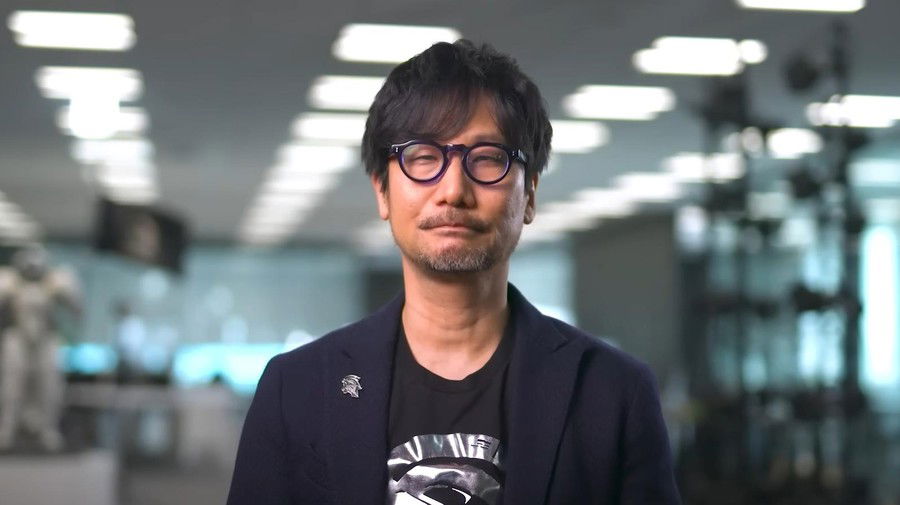
Born on August 24, 1963, in Tokyo, Kojima grew up fascinated by movies. During his childhood and adolescence, he spent hours at the cinema absorbing stories that, years later, would serve as inspiration for his own projects. His original dream was to become a film director, but fate took him down a different path. In 1986, he landed a job as a game designer at Konami, paving the way for one of the most remarkable careers in the history of digital entertainment.
From the First Game to the Success of Metal Gear
His first job was as an assistant director on Penguin Adventure, a sequel to Antarctic Adventure. The plot revolved around a penguin searching for a golden apple to save the kingdom's princess. Around the same time, Kojima began development on Lost World, starring a masked wrestler. The project, however, was ultimately canceled.
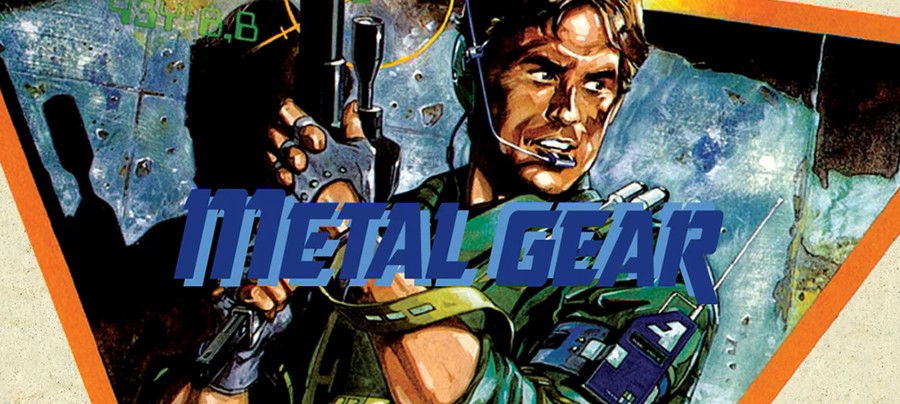
In 1987, the first big break came: Metal Gear. Created for the MSX2, the game put the player in the shoes of Solid Snake, an elite agent sent to destroy a nuclear weapon known as Metal Gear, located in the fictional Outer Heaven base.
While not the first stealth title, it was the one that cemented the genre, presenting a unique blend of espionage, action, and cinematic storytelling. Its success paved the way for a decades-long partnership between Kojima and Konami.
Two years later, in 1989, Kojima released Snatcher, a visual novel that clearly demonstrated his passion for dense stories and science fiction influences. Set in a dystopian future, the game followed Gillian Seed, a detective who faced beings known as Snatchers, androids that secretly replaced humans.
In 1990, the creator returned to the series that would become his most famous with Metal Gear 2: Solid Snake. With more sophisticated mechanics, such as the ability to crawl and a smarter radar, the title expanded the concept of infiltration and espionage. Set in Zanzibar Land, the story deepened the mythology surrounding Snake and expanded the political and military narrative that would become a trademark of the franchise.
Metal Gear Solid and Innovative Experiences
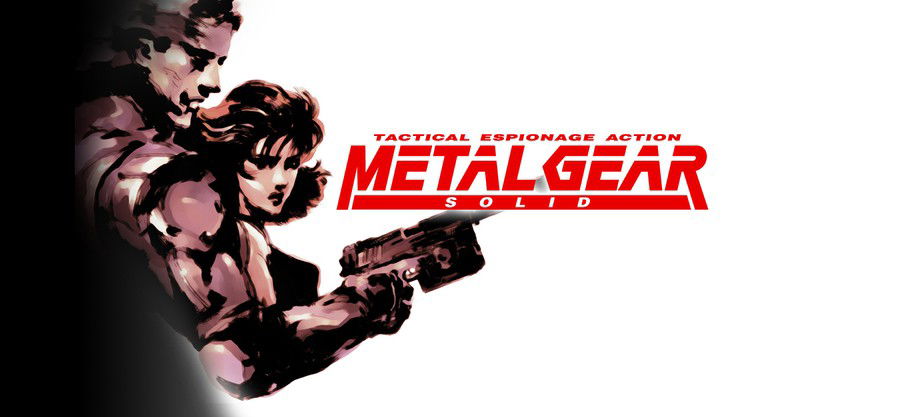
The turning point came in 1998 with the release of Metal Gear Solid on the first PlayStation. The mix of 3D graphics, cinematic cutscenes, striking voice acting, and a complex plot made the title an instant classic. The story followed Solid Snake on a high-stakes mission, but what stood out was how Kojima explored the console's potential to create unique experiences.
A famous example was the Psycho Mantis boss, which "read" the console's memory and forced the player to switch ports to defeat it. Another iconic moment was the torture scene, which automatically punished anyone who tried to cheat using turbo controls.
In 2001, Metal Gear Solid 2: Sons of Liberty took this bold approach further. Alongside refined gameplay, the game addressed themes such as information manipulation, fake news, and questions about reality itself—topics that would only become central to public debate many years later.
As would happen with Death Stranding in the future, Kojima anticipated contemporary discussions, placing them at the heart of his works.
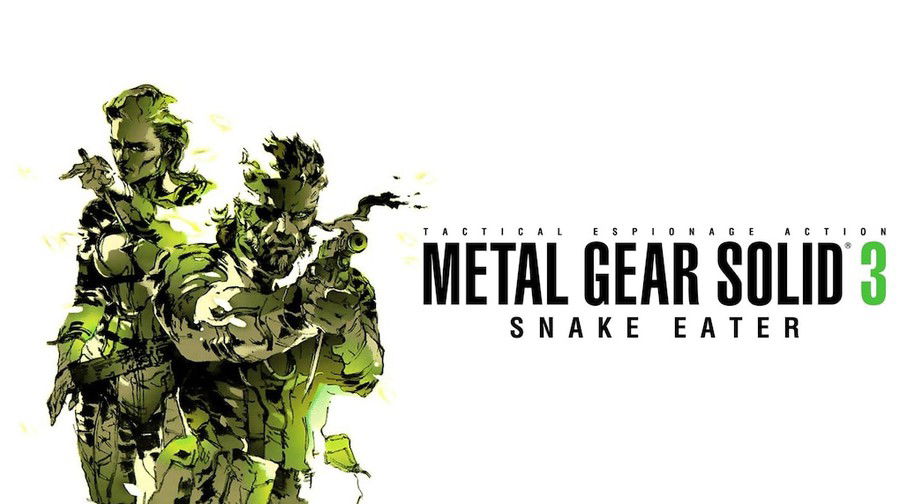
Three years later, Metal Gear Solid 3: Snake Eater innovated again. Set during the Cold War, it featured natural settings like forests, where camouflage, survival, and combat became key elements. The details were impressive: the player could even burn leeches off the character's body with Snake's cigarette. The title, released for PlayStation 2 and later ported to Xbox and 3DS, cemented the franchise as a cultural phenomenon.
Metal Gear Solid 4: Guns of the Patriots, released in 2008, concluded the saga of Solid Snake, now older and frail. The cinematic narrative was so striking that the game felt more like an interactive film than a traditional title, an element that would later appear in other works by the producer.
The Break with Konami and the Restart with Kojima Productions
Despite consecutive successes, Kojima's relationship with Konami began to fray during the development of Metal Gear Solid V: The Phantom Pain in 2015. Creative differences and internal disputes created a turbulent relationship that affected both this title and other works by the director, culminating in the end of a nearly thirty-year relationship.
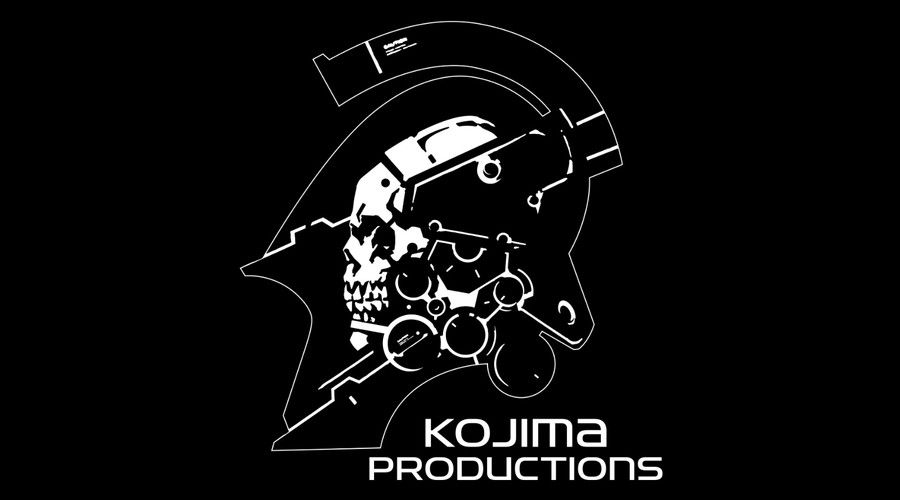
Shortly after leaving Konami, Kojima founded his own independent studio, Kojima Productions, in partnership with Sony. The first project was Death Stranding, released in 2019. The game presented a bold proposal: transforming a delivery man into a hero in the midst of a world devastated by an apocalyptic event.
The idea stemmed from a concept inspired by Japanese writer Kojima Abe's Bō ni natta otoko (The Man Who Turned Himself into a Stick). Abe explained in his short story that humanity's first instrument was the "stick," used to ward off threats, and the second was the "rope," a symbol of connection.
According to Kojima, most action games represented "sticks," focusing on weapons and violence. Death Stranding wanted to explore the "ropes": the bonds that bind people together.
As Sam Bridges, played by Norman Reedus, the player had to rebuild connections between isolated communities in a world marked by a temporal rain that ages everything it touches. The experience was solitary, yet collaborative: ladders and ropes left by other online players could aid the journey, reinforcing the feeling that no one was completely alone.
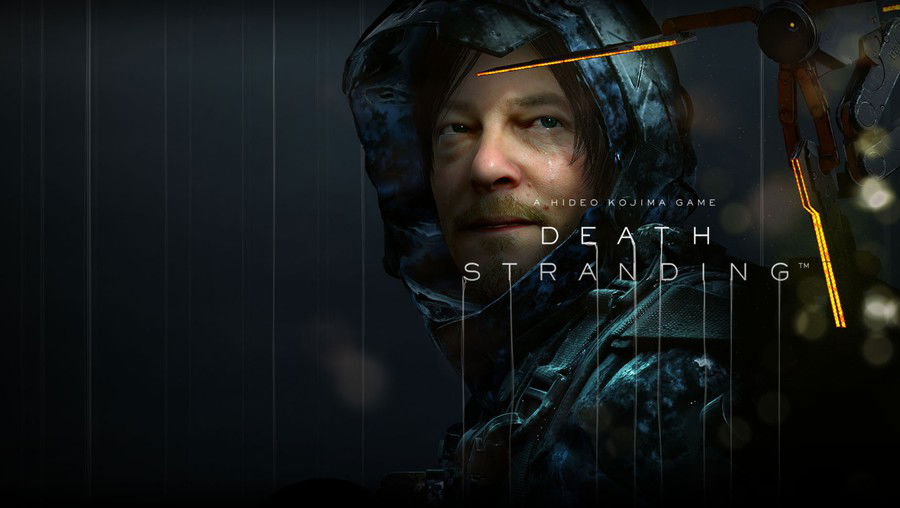
The formula was a success and spawned Death Stranding 2: On the Beach, in which Norman Reedus, Léa Seydoux, Troy Baker, Guillermo del Toro, and Nicolas Winding Refn reprise their roles from the previous title, while Elle Fanning, Shioli Kutsuna, Luca Marinelli, Alastair Duncan, Alissa Jung, Debra Wilson, and Tommie Earl Jenkins join the cast as new characters.
On the Beach takes place eleven months after the end of the first game and has a broader focus on combat compared to its predecessor, giving players more freedom in how they approach each challenge. Critical reception highlighted the gameplay improvements as an enhancement of everything built in the first game, while some emphasized how Kojima maintained the essence of Death Stranding, establishing a title that wouldn't be for everyone but offered a lot to those who ventured into the concepts presented.
OD Knock: The Future of Horror and New Media
If Death Stranding showed Kojima's more experimental side, the future promises even more daring. At The Game Awards 2023, he presented OD, his new title, whose name is short for overdose, and a project developed in partnership with Xbox Game Studios. Little is known about the game, but its creator has already made it clear that he intends to reinvent the way we understand horror.
According to him, the idea is an episodic anthology in which each chapter is written by a different author, exploring different perspectives on fear. Kojima even said that OD will be a "new type of media" that audiences will either "love or hate."
Wrapping Up
From Metal Gear to Death Stranding, including the founding of his own studio, each step reveals Hideo Kojima as a creator unafraid to take risks. Over nearly four decades, he has established himself as one of entertainment's greatest visionaries. His games have opened doors for new creators to explore different paths. And if the past is already grand, the future promises to be equally revolutionary.







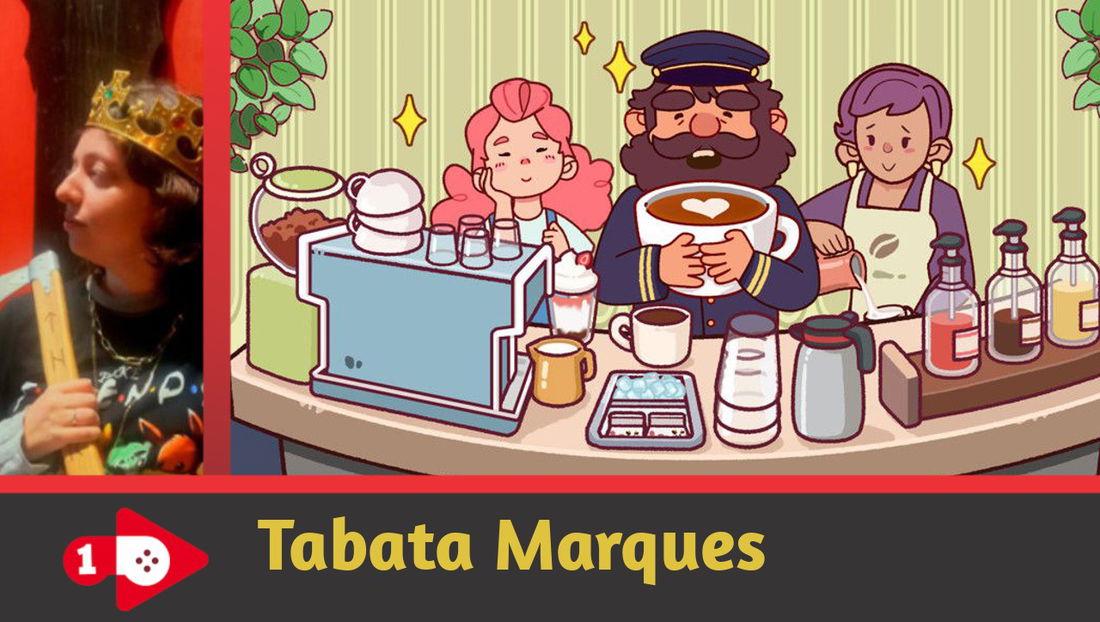



— 评论 0
, 反应 1
成为第一个发表评论的人